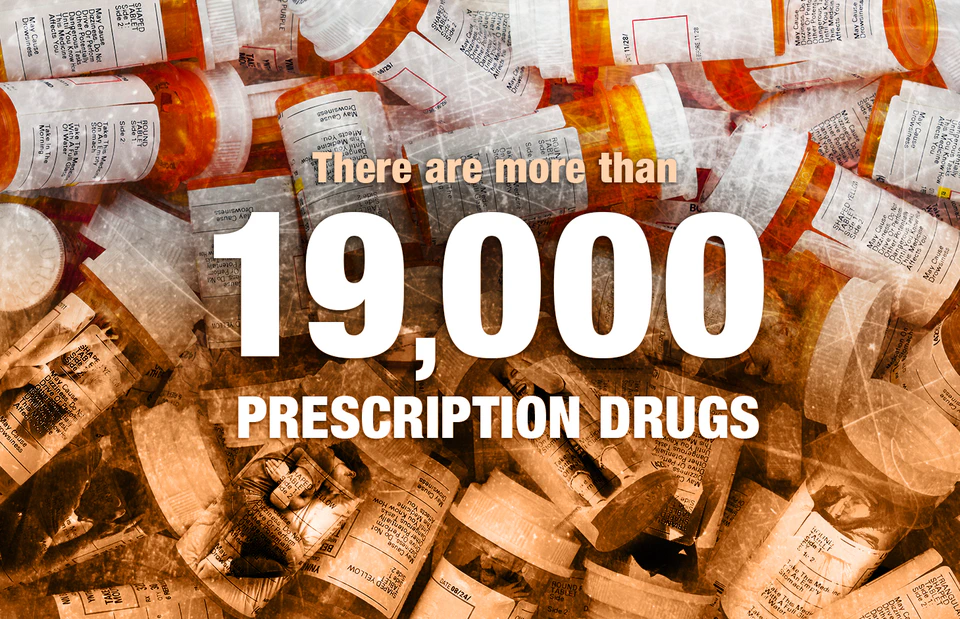Prescription Drug Addiction

Find more information about prescription drugs and prescription drug addiction with professionally reviewed up-to-date articles. Getting informed is the first step in overcoming prescription drug addiction.
More
While there are more than 19,000 prescription drugs, many of which help people survive, a handful has trapped people in patterns of abuse and addiction. The primary drugs of abuse and addiction are opioids, stimulants and central nervous system depressants.

Find more information about prescription drugs and prescription drug addiction with professionally reviewed up-to-date articles. Getting informed is the first step in overcoming prescription drug addiction.
More
When prescription drugs are abused by a person wishing to get high, they no longer help the user. In fact, they may cause unconsciousness, amnesia and death.
More
Stay informed on the latest news, trends and statistics on prescription drug addiction and prescription drug related news.
MoreWhen a person abuses prescription drugs, they take more of the drug than was recommended, they take it without a prescription, or they take it in a different way than a doctor recommends. For example, instead of swallowing a pill, they may crush it and snort or inject the ingredients, which causes a more intense effect than swallowing it.
Opioids are used mostly as painkillers, although they have some use as cough or diarrhea treatments.1 In general, opioids dull pain and cause lethargy and relaxation. Most opioids are partly or fully derivatives of opium. Fentanyl is a fully synthetic opioid.
The most commonly prescribed opioids in America include:
At one time the fentanyl found on the street was diverted from medical supplies.3 In the last decade, illicitly manufactured fentanyl has arrived in America in huge quantities. This powerful opioid is being pressed into counterfeit pill forms that resemble OxyContin, Xanax, Adderall and other drugs. A single pill can contain enough fentanyl to kill a person, putting those who consume prescription drugs they buy on the street in intense danger.
Opioids can cause overdose deaths by causing a person to stop breathing.
Stimulants have had controversial use in the treatment of study disorders that cause some people to lose the ability to focus well. They are also used in the treatment of narcolepsy and obesity. These drugs artificially rev up the function of the brain and nervous system.
Effects of these drugs include increased blood pressure and heart rate, insomnia, weight loss and exhaustion.4 Consumption of too much of these drugs can bring about an irregular heartbeat that causes a heart attack, as well as high or low blood pressure or seizures.
Central nervous system (CNS) depressants slow brain activity. Therefore they are prescribed for anxiety, panic attacks and sleeplessness. There are three types of CNS depressants that are frequently abused and all are addictive.
Abuse or overdose of CNS depressants can result in death by causing a person to stop breathing.
Sources
NIDA.”Prescription Opioids DrugFacts.” NIDA, 2021. NIDA Article ↩︎
FDA.gov. “FDA Drug Safety Communication: FDA restricts use of prescription codeine pain and cough medicines.” FDA, 2017. FDA Article ↩︎
NIDA. “Fentanyl DrugFacts.” NIDA, 2021. NIDA Article ↩︎
DEA. “Amphetamines.” DEA, 2020. DEA Publication (PDF) ↩︎